In recent years, dental prosthetics have improved significantly. New dental materials have emerged, revolutionizing dentistry. One of these materials is Zirconia, the most resilient type of dental material currently available on the market.
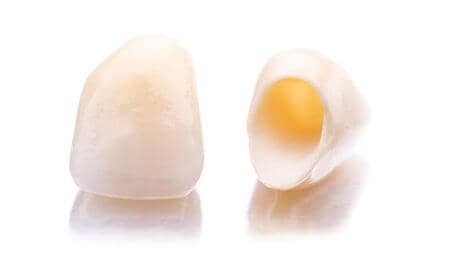
Zirconia porcelain ceramic is five times stronger than porcelain used in traditional metal-ceramic dental work. Composed of zirconium and oxygen, with the chemical formula ZrO2, this crystalline compound is also known as zirconium oxide or zirconia. Zirconium is a transition metal, and zirconium oxide is one of the most important forms of this element in the industry.
Zirconium oxide is a ceramic material with a range of beneficial properties, making it useful in dentistry for various applications. Here is a brief overview of its characteristics and uses in this field:
Strength and Durability: Zirconium oxide is known for its exceptional strength and durability. These properties make it suitable for manufacturing dental crowns and other dental structures that need to withstand constant chewing forces and abrasion.
Biocompatibility: Another major advantage of zirconium oxide is its biocompatibility. The material is well-tolerated by human tissues, reducing the risk of allergic reactions or rejection in the oral cavity.
Aesthetics: Zirconium oxide has a white and translucent color, similar to the appearance of natural teeth. This makes it suitable for aesthetic applications, such as dental crowns in visible areas.
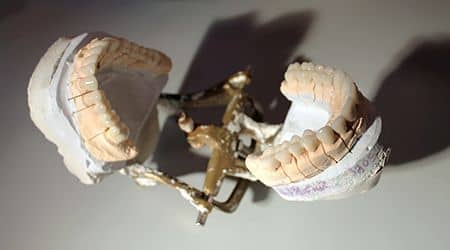
CAD/CAM Technology: Computer-aided design and computer-aided manufacturing (CAD/CAM) have revolutionized the dental industry. Zirconium oxide is frequently used in CAD/CAM systems to create dental restorations such as crowns, dental bridges, and implants.
Absence of Metal: Another benefit of zirconium oxide in dentistry is the absence of metals. For patients with sensitivity or allergies to metals, using this material provides an excellent alternative to other options, such as metal-ceramic crowns.
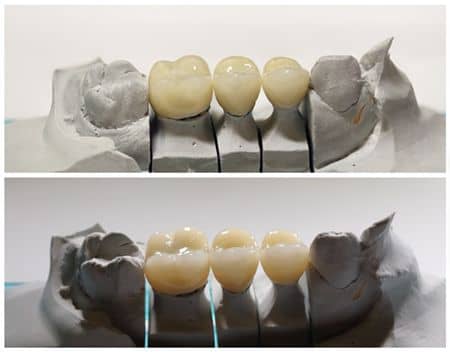
Thermal Tolerance: Zirconium oxide has good thermal tolerance, making it resistant to temperature variations in the oral cavity. This aspect is important during chewing and drinking conditions, contributing to the stability of dental structures made from this material.
Dental Crowns and Bridges:
• Zirconium oxide is commonly used in the fabrication of dental crowns and bridges due to its durability and aesthetics. These restorations can successfully withstand chewing forces and provide a natural appearance.
Dental Implants:
• The structures of dental implants are often made from zirconium oxide. This provides a sturdy foundation for crowns or bridges replacing missing teeth, ensuring stable integration into the bone structure.
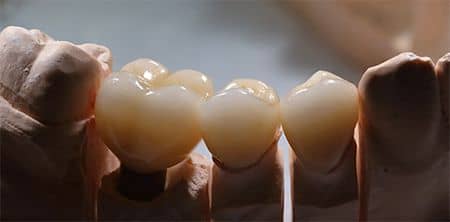
CAD/CAM Restorations:
• CAD/CAM technology has revolutionized the production of dental works, and zirconium oxide is an ideal material for this process. Precision-crafted custom restorations can be created, perfectly adapting to the anatomy of each patient.
Innovations in Metal-Free Technology:
• An increasing number of professionals are adopting metal-free technologies in dentistry, and zirconium oxide plays a central role in this transition. Patients benefit from durable, aesthetic, and non-allergenic restorations as a result.
The highly sophisticated technique used in crafting dental crowns and bridges from Zirconium, as well as the high cost of Zirconium as a material, contribute to the overall price of such dental work being higher than that of traditional metal-ceramic work. Some manufacturers offer works with lower Zirconium content to reduce their prices, but these may not be as resistant to chewing forces and carry an increased risk of fracture, so it is advisable to avoid cheap dental works.
Ultimately, it is the exclusive decision of the patient whether to restore their teeth with Zirconium-supported dental crowns, depending on their financial possibilities. However, it is always recommended to consult with a dentist before making a decision. After all, a dental work is not something you change every day; it is intended to serve you for 8-10 years, so careful planning is essential.
To find out the price for a zirconia crown go to our Pricelist page.
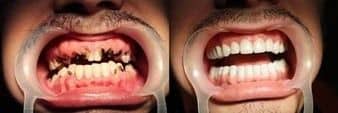
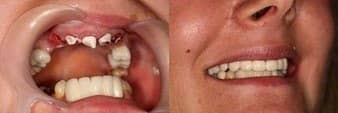
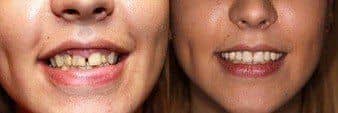
To see more of our patients please visit Clinical Cases
Zirconium is certainly the future of dentistry and has many long-term benefits.
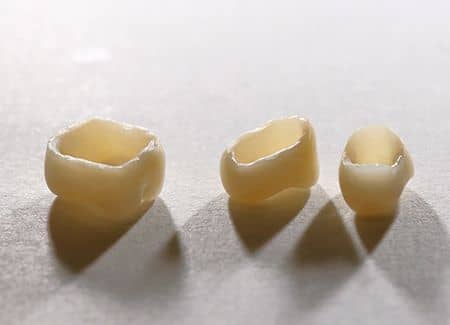
With ever-evolving technology, it is anticipated that the use of zirconium oxide in dentistry will continue to expand. New materials and techniques will reinforce the already existing advantages, enhancing the performance and durability of dental restorations. Furthermore, ongoing research in the field could bring innovations in terms of production processes and the adaptability of the material in various clinical conditions.
Zirconium oxide has become a cornerstone in dentistry, providing high-quality solutions for dental restorations. Its notable properties, such as strength, biocompatibility, and aesthetics, make it a benchmark material for dental professionals, delivering significant benefits to patients and advancing the quality of dental care.
Also read about Dental Implants.
Last updated: February 4th, 2024